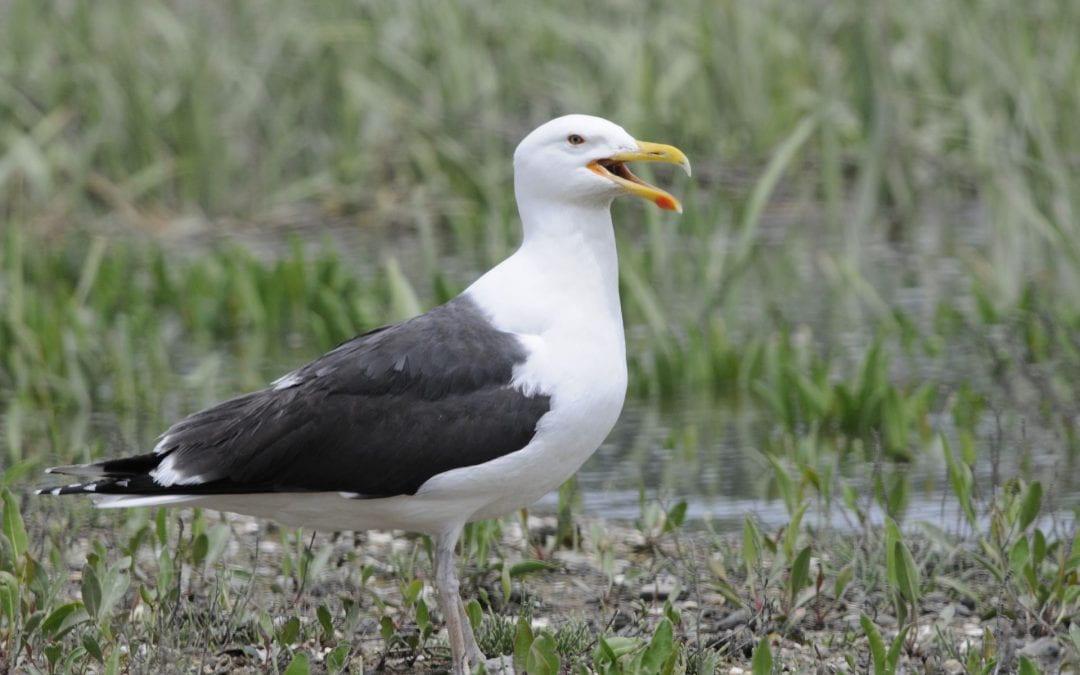We have recently wrapped up our 2020 gull field season, led by MS student Kim Lato. Kim began studying herring gulls (HERG) and great black-backed gulls (GBBG) at nesting colony in Stony Brook in 2019 as part of the lab’s ongoing gull project investigating gull foraging movements in relation to urban environments. As urbanization continues to increase, it is important to understand what species may take advantage of these highly developed landscapes and their associated biological/ecological characteristics. In previous years, we tracked HERG at three study sites along an urban gradient using GPS tags, but 2019 was the first year that we studied GBBG as well. Our preliminary results show that HERG preferentially feed in urban environments, such as dumpsters and sanitation facilities, while GBBG preferentially feed in marine environments (coastal waters and the Long Island Sound).
Kim’s thesis work focuses on relating this urban vs. marine habitat use to the foraging behavior and trophic ecology of each species. Kim will be integrating data from GPS tracks of both species with stable isotope data from collected blood samples. Stay tuned for further results!
Some highlights of the season were having one of our herring gulls regurgitate a chicken finger and getting to see all of the chicks hatching!

